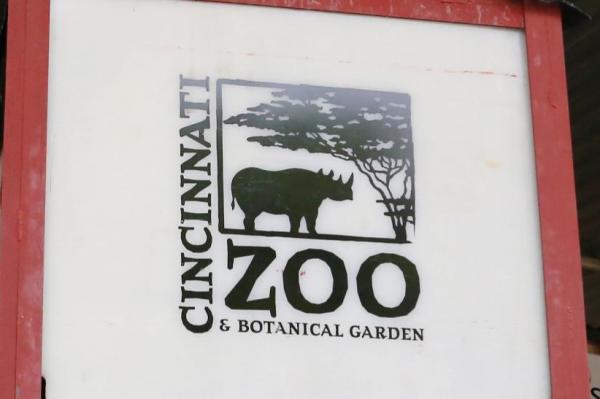
CINCINNATI, Nov. 17 (UPI) — A protective barrier at the Cincinnati Zoo was not up to standard in May when a small boy entered an enclosure and forced officials to kill a popular silverback gorilla named Harambe, federal inspectors have determined.
The U.S. Department of Agriculture’s Animal and Plant Health Inspection Service said in a report that its investigation found that the barrier intended to separate visitors and the gorillas at the zoo was installed in 1978, but never updated afterward.
Inspectors said the inadequate barrier played a role in Harambe’s death on May 28, when zookeepers were forced to shoot the animal after a 3-year-old boy fell into his enclosure. The curious 17-year-old male gorilla dragged the child around the habitat for several minutes, worrying zookeepers that the boy could be severely harmed or killed.
“Harambe had dragged the small child around by the ankle in the shallow water of the moat, carried him up the ladder out of the moat, and then dragged him several times on the ground of the gorilla enclosure,” the USDA report says. “Fixed public exhibits housing nonhuman primates must have a barrier between the primary enclosure and the public in order to restrict physical contact between the public and the nonhuman primates.”
Inspectors said the barrier has since been corrected.
“The facility has replaced the fence of the public barrier. It is now 41-42 inches tall and is covered in a nylon mesh instead of the two cables,” they said.
The USDA report followed about four months of investigation and was issued Oct. 12.
“We remain committed to visitor and animal safety and will continue to work with the USDA … to ensure that our exhibits meet or exceed standards,” Zoo Director Thane Maynard said.
The killing of Harambe, which was captured on cellphone video, has been a bitterly divisive issue. Animal rights advocates have laid substantial blame on the zoo and the boy’s parents for what they consider the gorilla’s unnecessary death. The zoo and some primate experts argue that zookeepers had no choice in the matter when it became evident the child was in clear and imminent danger.
After the boy fell into the habitat’s moat, zookeepers got two other female gorillas out of the enclosure but were unable to coax Harambe out. The zoo’s Dangerous Animal Response Team acted quickly and determined the gorilla posed a serious threat to the boy’s life. Some witnesses opined that it didn’t appear Harambe was going to hurt the boy — but experts said the gorilla displayed certain characteristics indicating he may have felt threatened, at which point he became too unpredictable.
The USDA said in its report that the zoo’s DART team acted appropriately in shooting Harambe, who was hit with one gunshot and died instantly.
The federal investigation has not yet been closed and penalties may still be levied against the zoo, officials said.
The Association of Zoos and Aquariums, which accredits zoos, said the USDA signed off on the barrier after previous inspections as being compliant with Animal Welfare Act regulations, the Cincinnati Enquirer reported.
Dr. Elizabeth Goldentyer, director of USDA Animal Welfare and Care, also indicated that was the case — writing in a letter to the zoo’s board of directors that “the barrier system at Gorilla World was considered to be in compliance with Section 3.78(e) of the Animal Welfare Act Regulations during inspections prior to the incident in question and had been performing admirably for many years.”
“The Cincinnati Zoo reaffirms its longstanding commitment to the well-being of the resident animals and the safety of those inspired to view and conserve them,” the zoo said in a statement Thursday. “In its 38-year history, the barrier system at Gorilla World has always been found compliant during USDA inspections, including one conducted in April of 2016. Following the incident this May, we modified the barrier to reassure the public and our visitors.”


